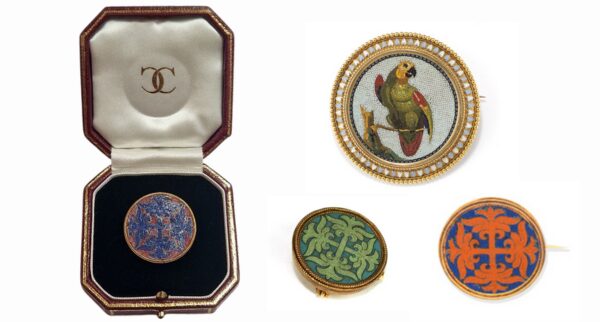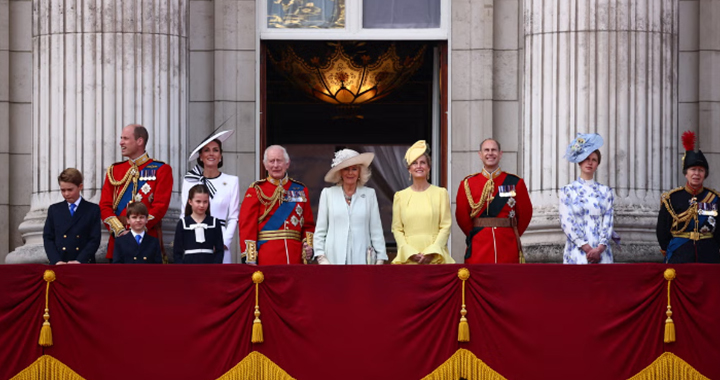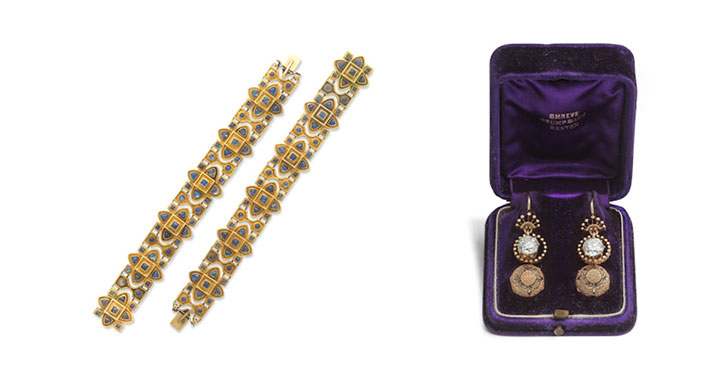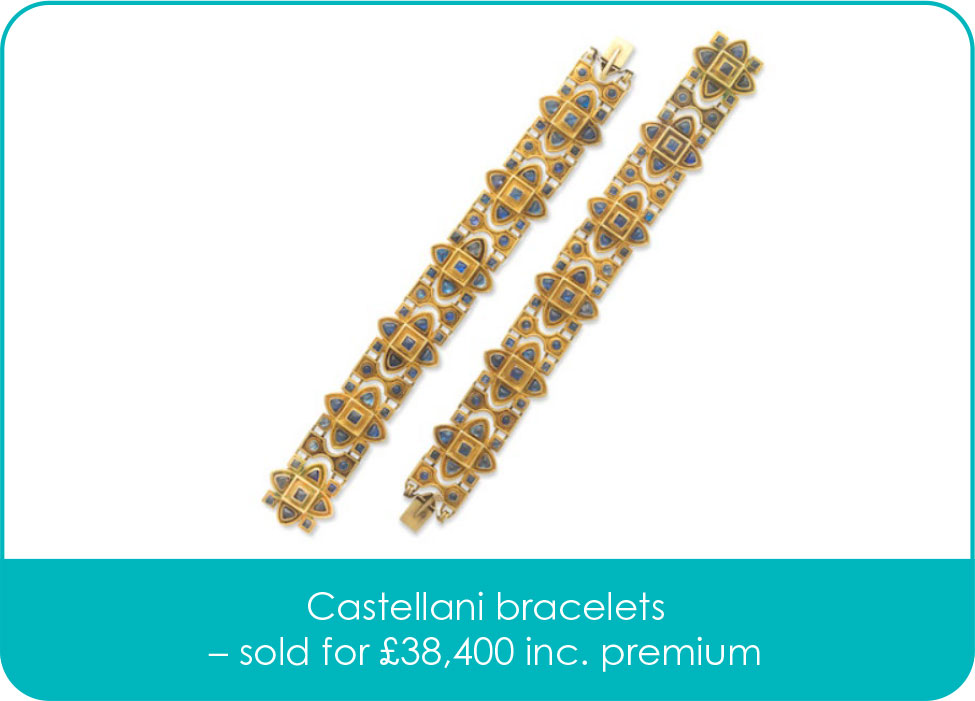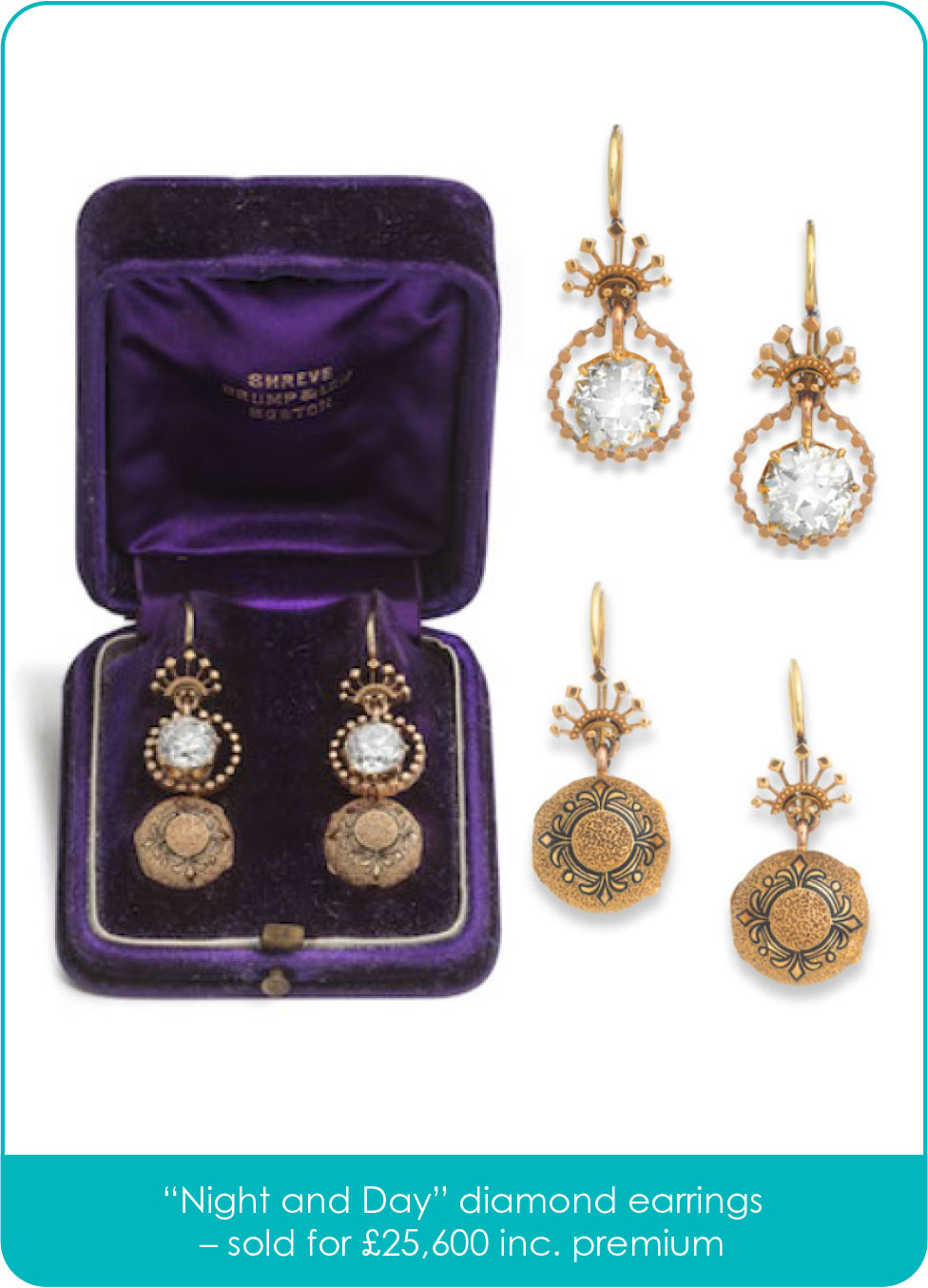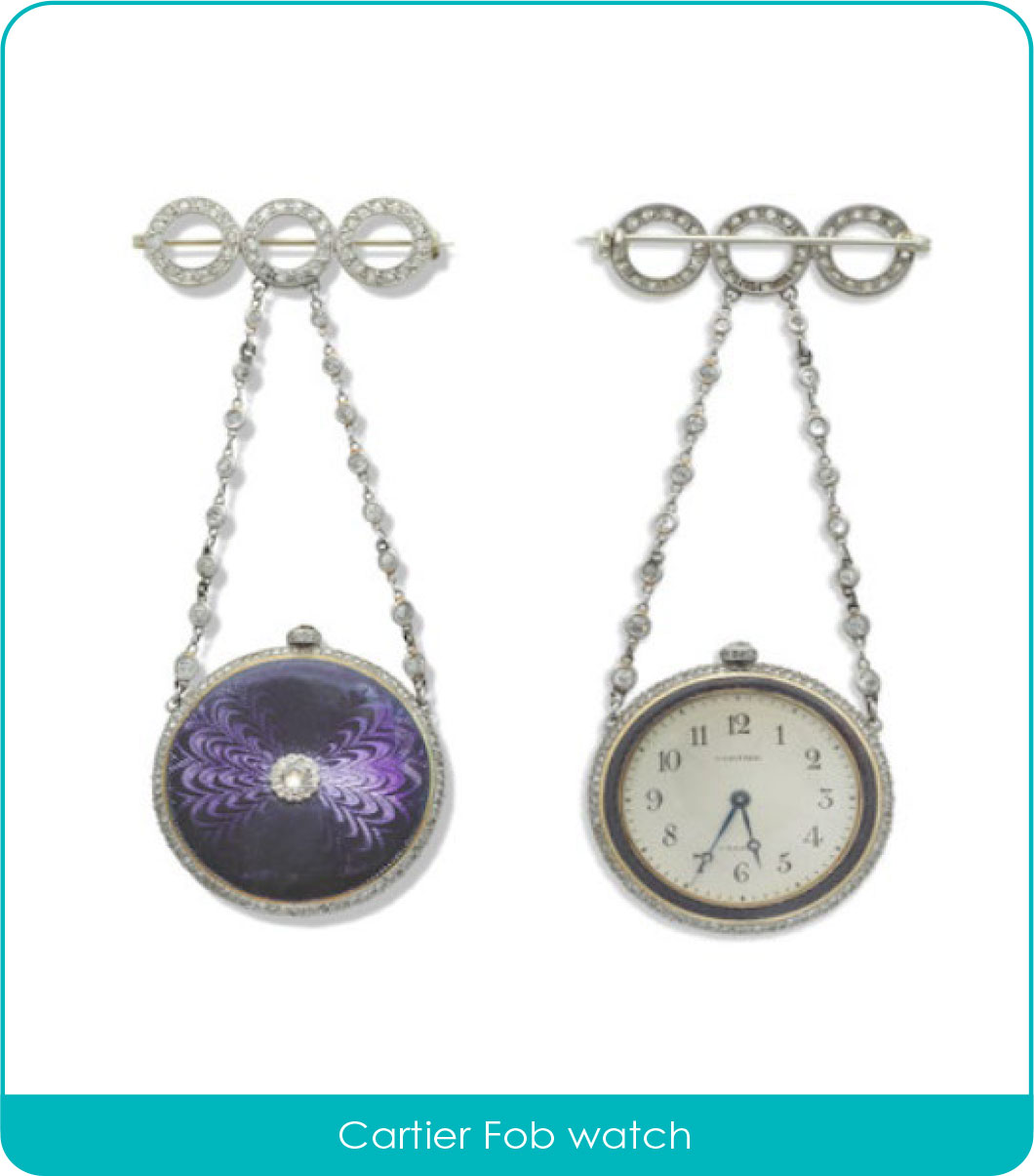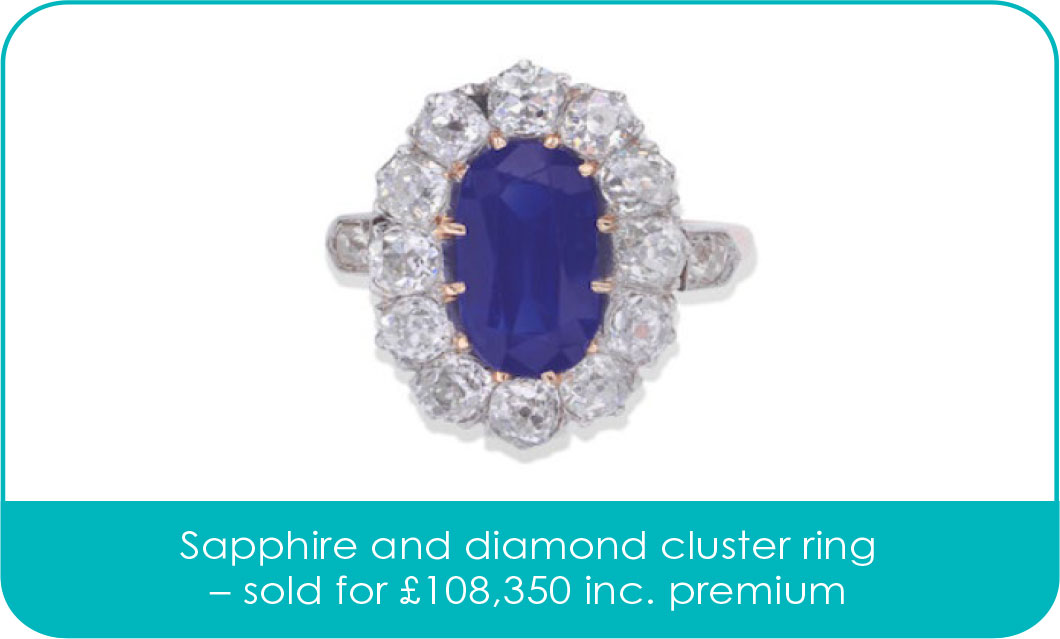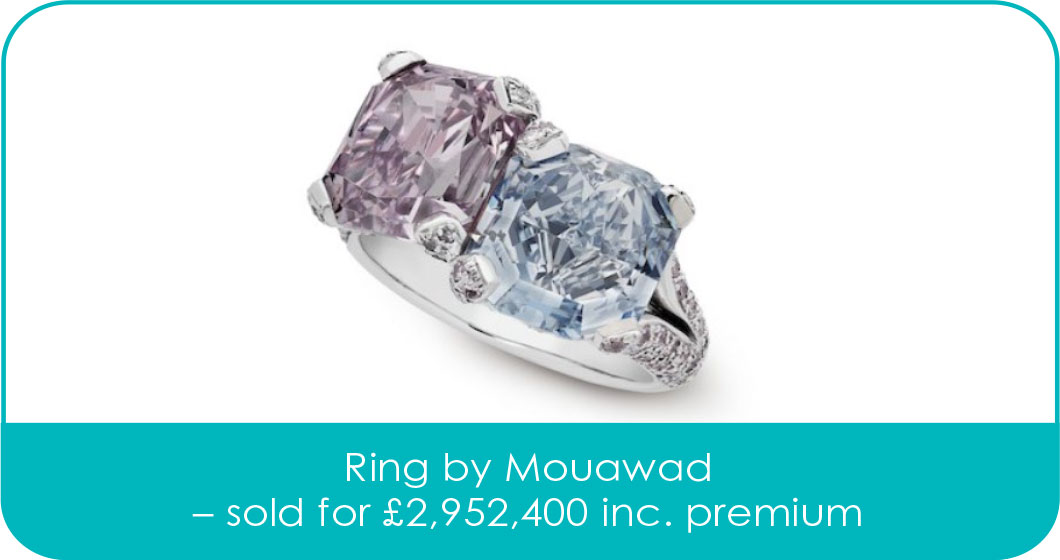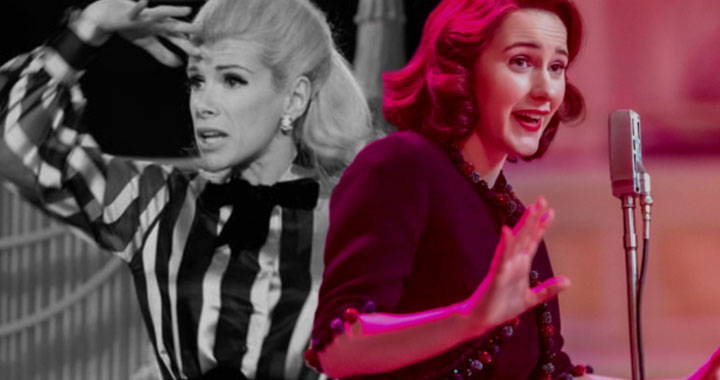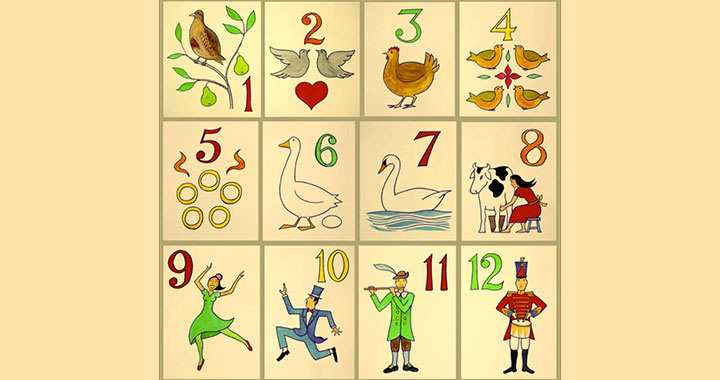This week’s pick is an extraordinary micromosaic brooch by Castellani I had the delight of discovering in an inherited collection. Much to our surprise, amongst the treasured and loved jewellery was an original box containing this perfectly well kept brooch. The brooch is circular and set throughout with blue and red micromosaic, in closed-back setting, only 3cm in diameter.

So why is it so special?
Firstly due to its age. Dating from the 1860s, it is extremely rare to not miss at least one tesserae in a micromosaic piece, let alone one that has been around for 170 years.
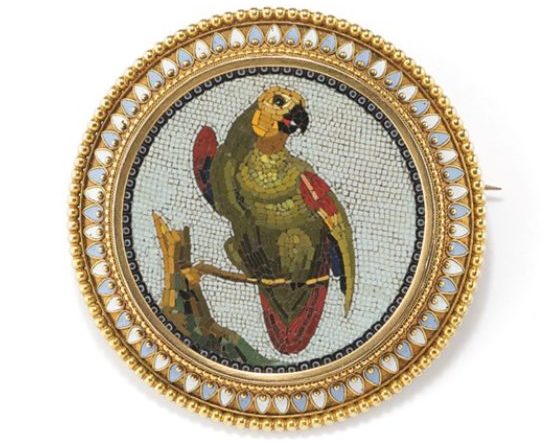
The above brooch was sold at Christie’s in 2011 for Euro 31,040, against an estimate of Euro 8,000-12,000, and had a missing tile.
No dents are present in the item’s soft gold, which is another key aspect of its uniqueness.
And it is also signed on the back with a double C (no Chanel was not the first one to use a double C as a maker’s mark!).


Castellani’s founder, Fortunato Pio Castellani, opened up shop in Rome in 1814 and is commonly described as launching the archaeological revival movement in jewellery. This passion came a few years after opening his shop, hearing his friend Michaelango Caetani speak about recreating gold to look ancient. With the opening of the Etruscan Regolini- Galassi tombs in 1836, Castellani was granted access to view the jewellery. With further fascination for archaeological finds, Castellani’s jewellery became more and more popular.
Using various exquisite techniques, such as wiring and granulation, Castellani was able to imitate ancient jewellery. The week’s brooch has a ropetwist border, adding to it a sense of completion.
So what’s the price tag on such a rare piece?
At auction, the item would be valued at £1,500-2,500. A similar example sold for £2,375 including premium in 2018 at Bonhams. It was orange on a blue background.

Another piece is currently for sale privately for over £18,000. This brooch is blue and green.

And though I was able to find two almost identical pieces for sale, over a decade separates their sale date. Which goes to show how rare brooches of this style and make are. If you find one… Grab it and keep the box!






